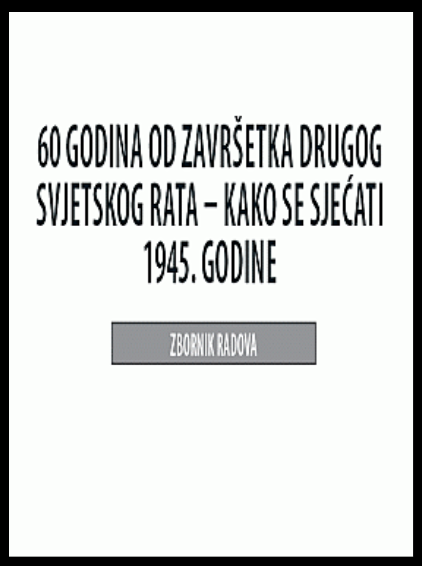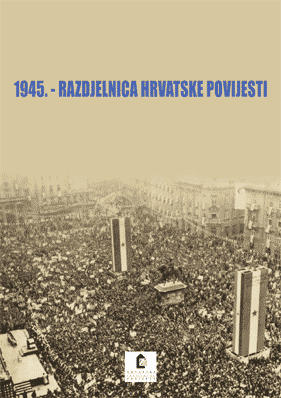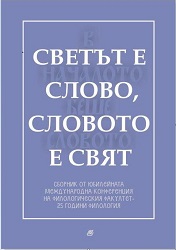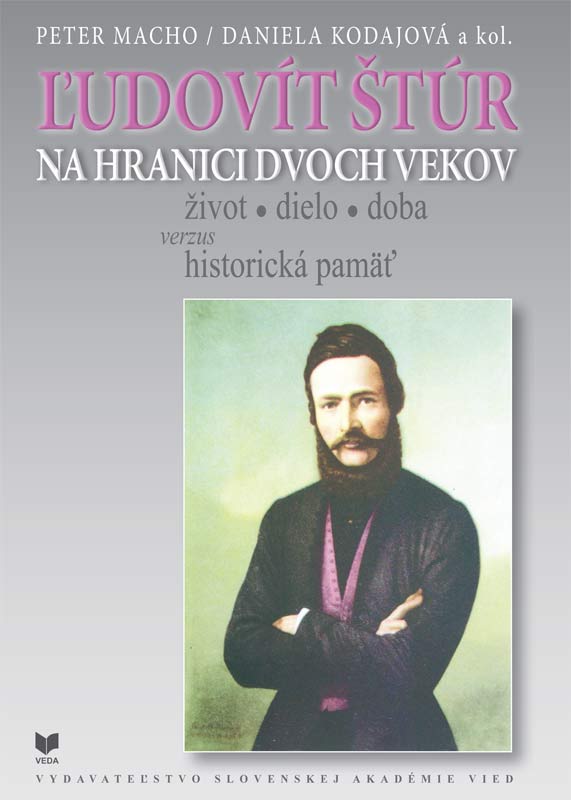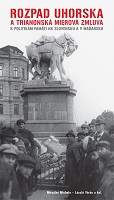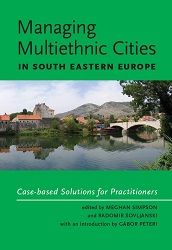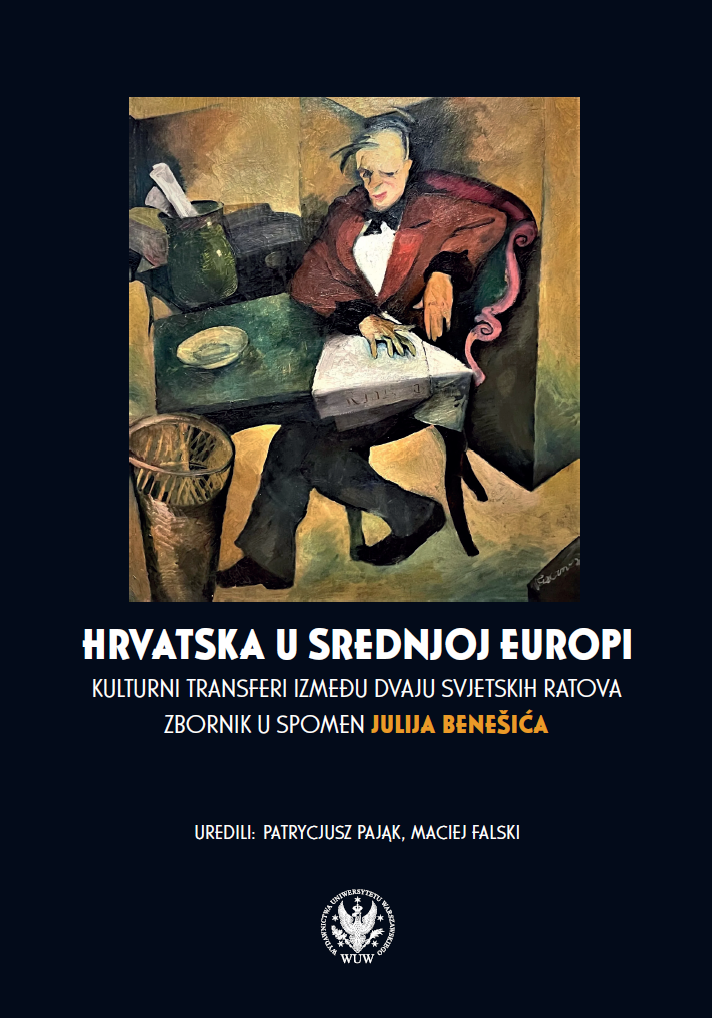Author(s): Živorad Kovačević,Meghan Simpson,Radomir Šovljanski / Language(s): English
Publication Year: 0
There used to be a clever description of the Socialist Federal Republic of Yugoslavia (SFRY) that indicated all of its complexity: one country, two scripts (Cyrillic and Latin); three basic religions (Roman Catholic, Orthodox, and Islam), four languages (Serbian, Croatian, Slovenian, and Macedonian); five major nationalities (Serbs, Croats, Slovenians, Macedonians, and Bosniaks) and several smaller national groups (Albanians, Hungarians, Turks, Roma, etc.); six Socialist Republics (Bosnia and Herzegovina, Croatia, Macedonia, Montenegro, Serbia, and Slovenia), with seven neighbors (Italy, Austria, Hungary, Romania, Bulgaria, Greece, and Albania); and eight constitutive parts (six Socialist Republics and two Autonomous Provinces—Vojvodina and Kosovo). A history of the territory of South Eastern Europe might be best summed up in terms of the constant flow of populations and changing regimes. In the center of what came to be the SRFY, across Bosnia and Herzegovina and Serbia, there stretched a line separating the Western and Eastern Roman Empire (later known as Byzantium); Roman Catholic and Orthodox religions (after the schism in 1054); the Habsburg and Ottoman Empires; the West and the East. While Yugoslavia’s name was supposed to indicate that it was the country of the Southern Slavs, in fact, it was composed of significant nonSlav minorities—among them, the largest in number being Albanians, Hungarians, and Germans—who had also inhabited the region for centuries. The Socialist Federal Republic of Yugoslavia, established in 1946 (as the Federal People’s Republic of Yugoslavia), was a socialist state and not an actual democracy. Though leadership in Belgrade wielded a significant amount of control over all the Republics, the country was much more liberal domestically and more open to the world than other countries of the Eastern Bloc. For much of the socialist period, particularly from the 1960s, it enjoyed high living standards and access to international markets. When the SFRY refused to accept Soviet hegemony in 1948, it became, according to Warren Zimmerman, the last Ambassador of the United States to the Socialist Federal Republic of Yugoslavia, the “protected and sometimes pampered child of American and Western diplomacy.”
More...
